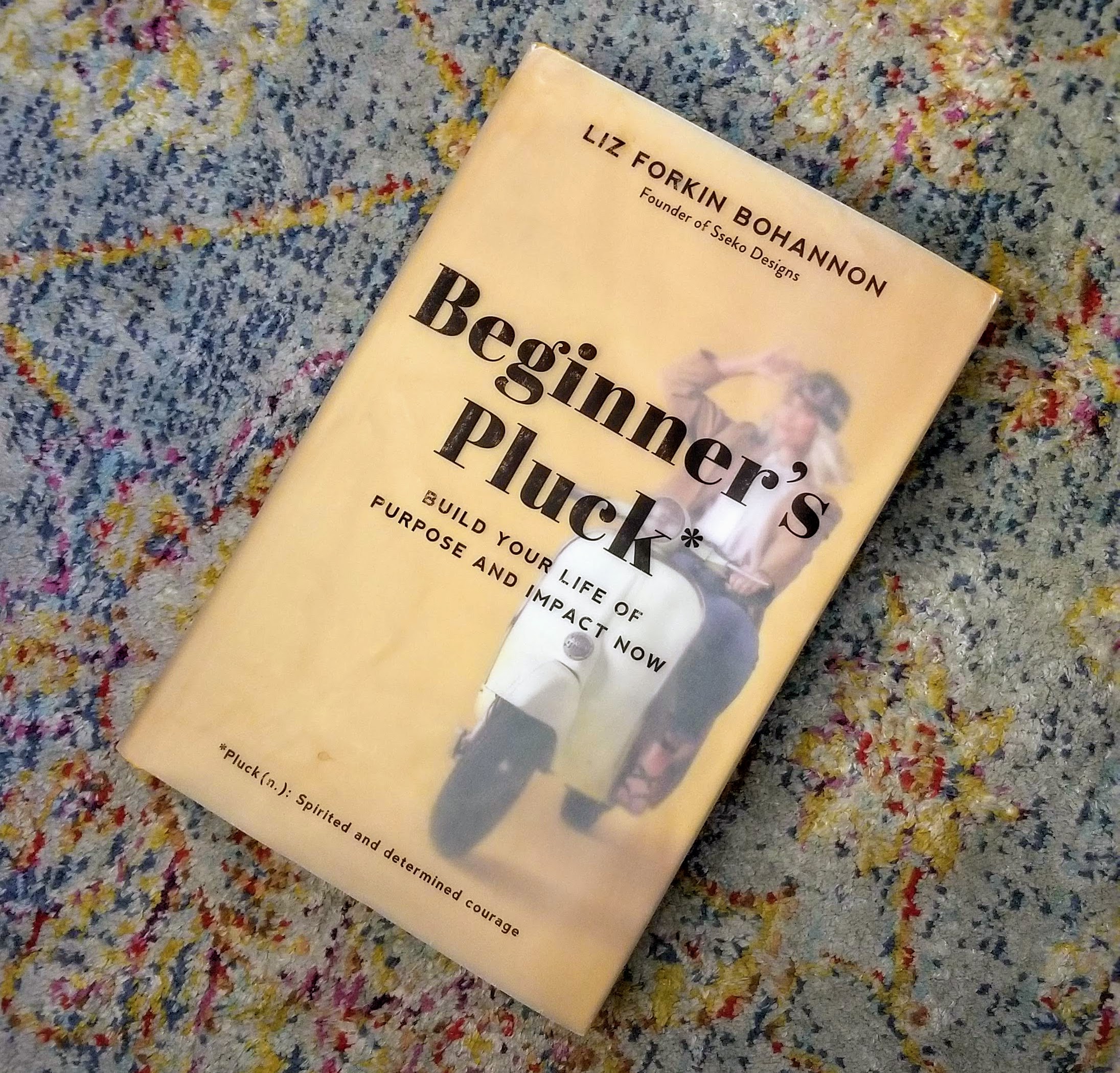Category: Books
Book reviews, recommendations and top takeaways to help you decide what to read next
-
Days After Reading ‘What If You Are the Answer,’ 2 Questions Linger
Rachel Hollis’s new book, ‘What If You Are the Answer?’ presents a new question with each chapter. After reading it, these two stuck with me—and I’d like to unpack them here with you. (It’s a safe space, right?)
Written by
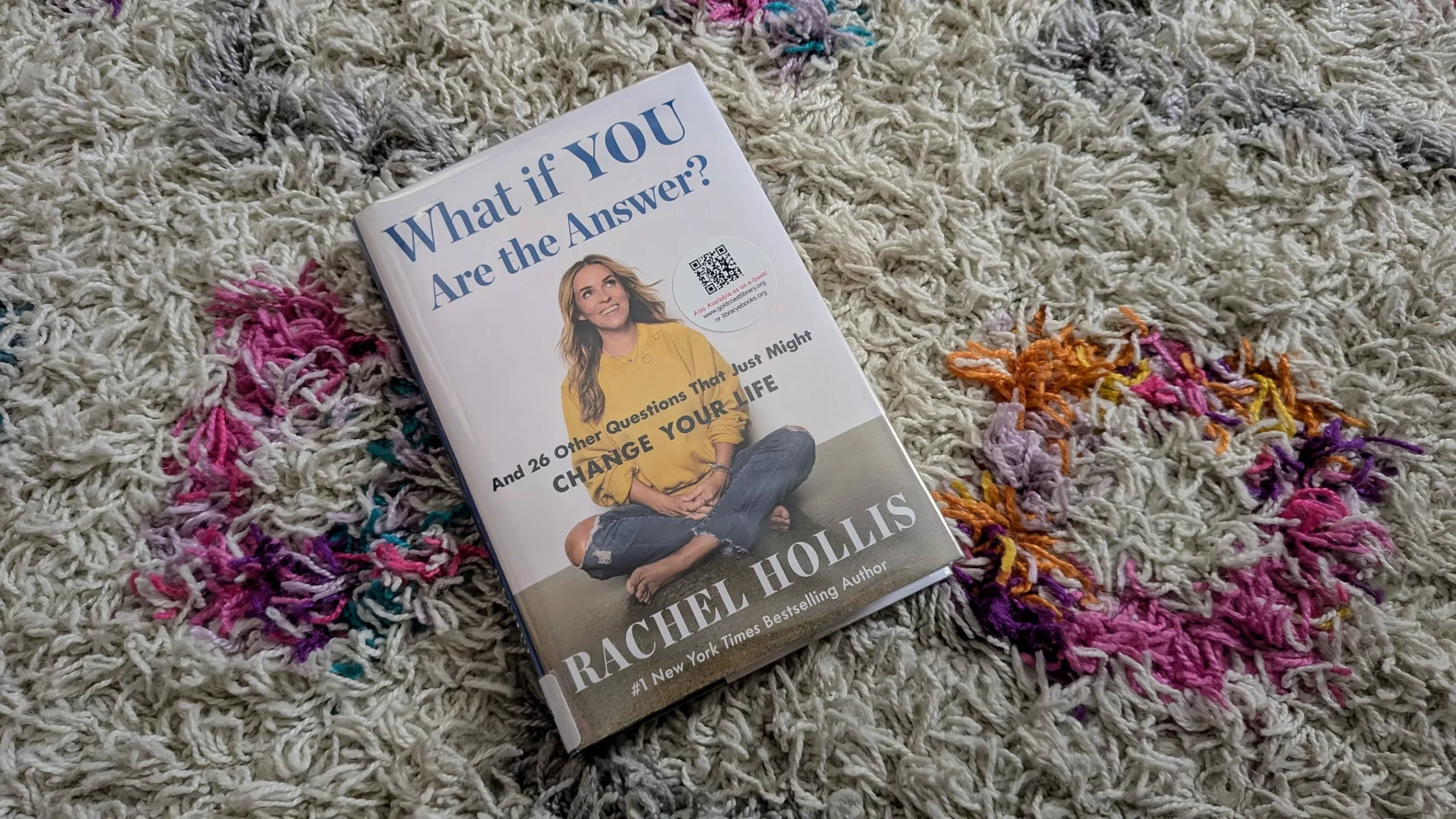
-
8 Thoughtful Nonfiction Book Gifts for Everyone in Your Life
Some of the best books that I’ve given as gifts are creative nonfiction: stories that inspire, uplift and kick us into action.
Written by

-
‘In My Time of Dying’ Makes You Tackle Existential Dread Head-On
Sebastian Junger’s ‘In My Time of Dying’ thoughtfully and rationally explores the idea of an afterlife—and what it means to be alive. Here’s my review of the book and how it’s impacted my life.
Written by
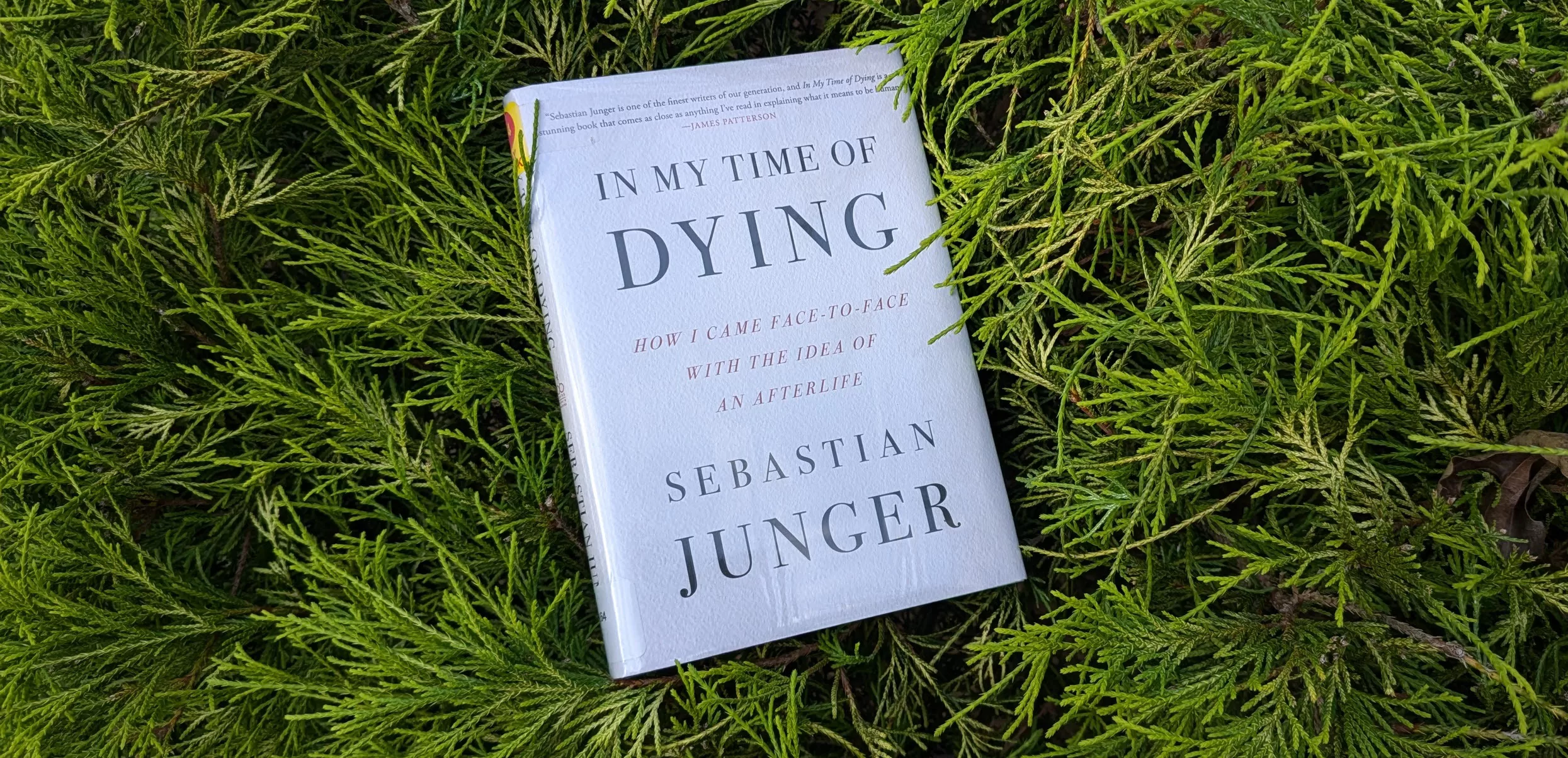
-
What Separates the Cult from the ‘Cultish’
Amanda Montell’s book ‘Cultish’ takes a deep dive into the language that converts, connects—and disconnects us. I couldn’t put it down.
Written by
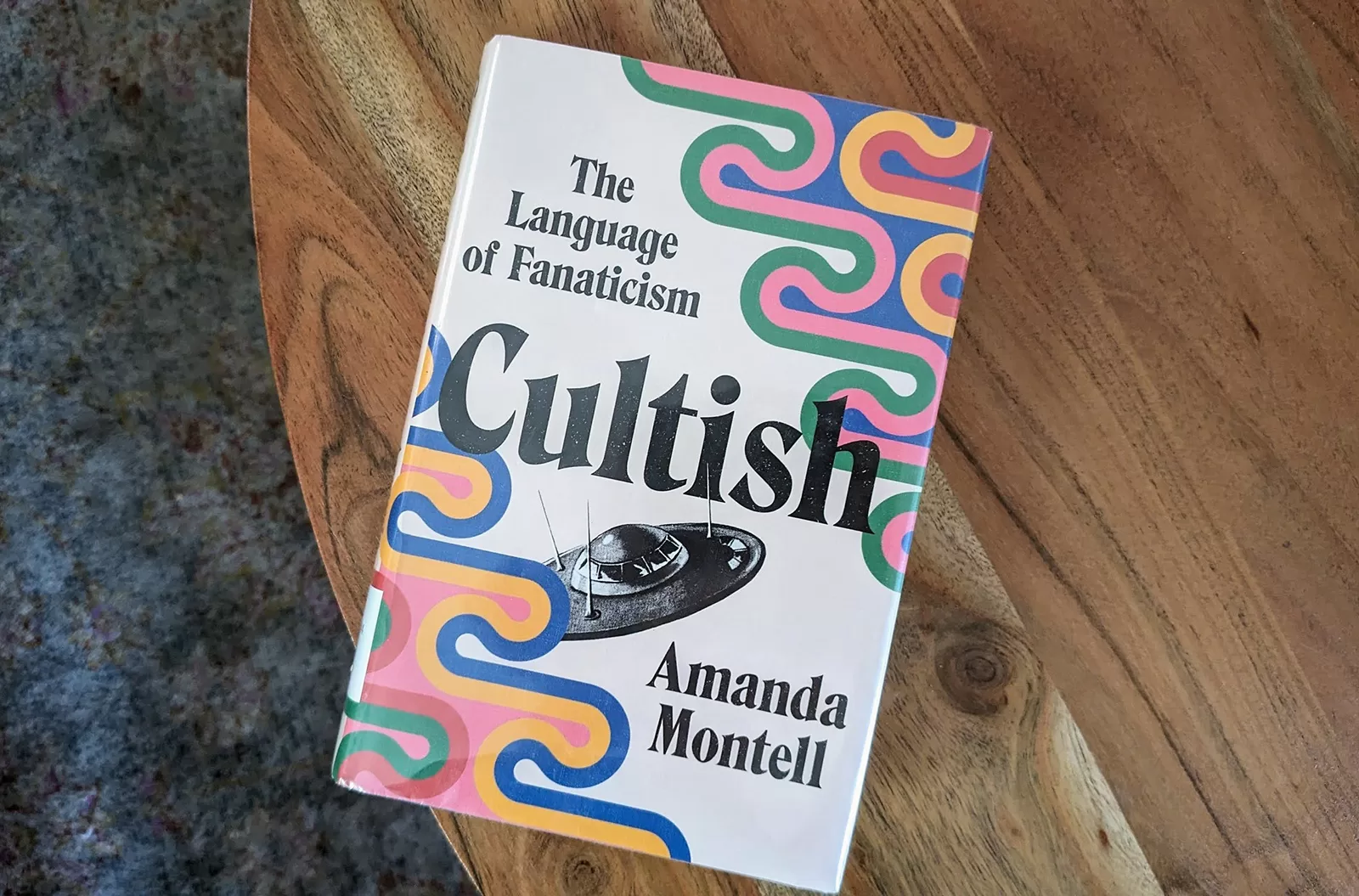
-
The Oprah-Backed Journal Prompt that Can Help You Work Through Your Darkest Moments
Sometimes, life rattles you to your core, and the little things that used to annoy you pale in comparison to what you’re dealing with now. Or with what you’ve dealt with in the past, which keeps coming up (often at 3 a.m.) to haunt you. No matter whether you’re dealing with an issue big or…
Written by

-
Summer Must-Read: Minka Kelly’s Memoir, ‘Tell Me Everything,’ Is Transformative
Minka Kelly’s honesty—paired with perspective—will have you examining your own life in a new light.
Written by
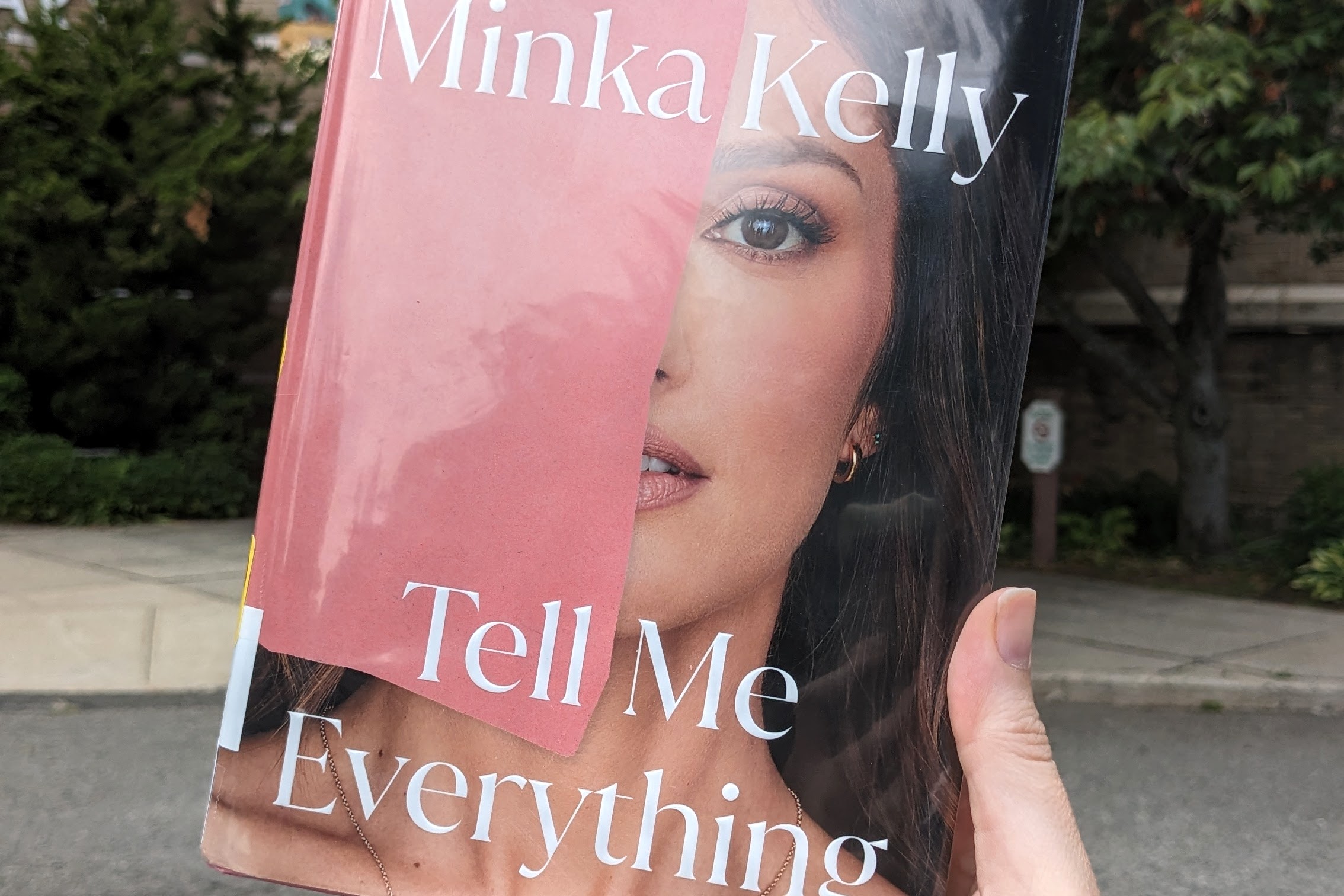
-
The Difference Between Quitting and Giving Up, According to GrubHub Founder Mike Evans
Growing up, I was really good at quitting things. Specifically, sports. Because I’m tall, people always told me I should be a basketball player. Or volleyball player. Or maybe get into flag football. But definitely basketball. So I did those things, and very, very early on, I quit them all. (I actually quit flag football…
Written by
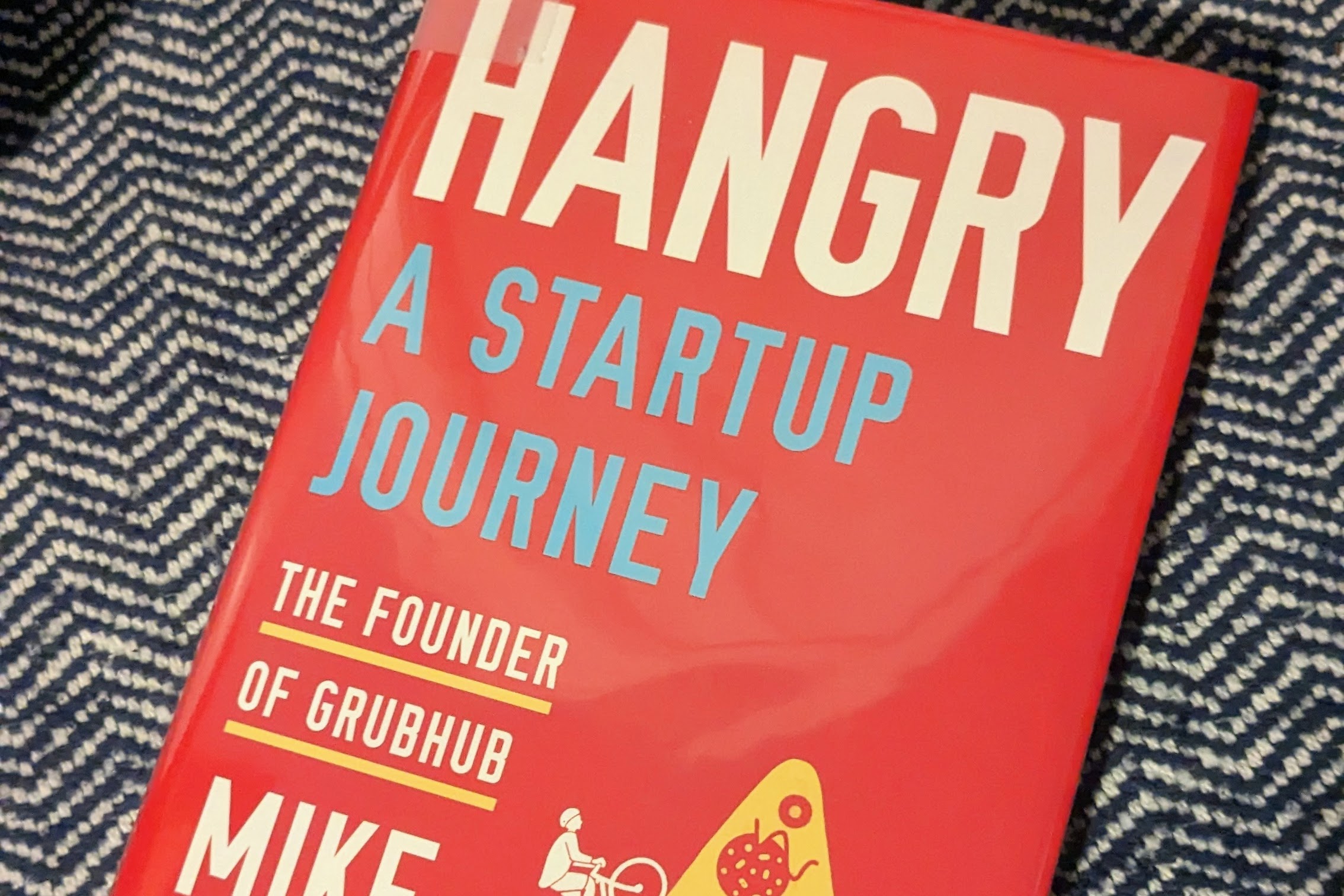
-
Fail Trying: The Most Powerful Takeaway from Bob Goff’s ‘Dream Big’
Bob Goff is one of those people you can’t believe actually exists. He’s a lawyer who serves as the honorary consul to the Republic of Uganda, who donates the proceeds of his books to bettering others’ lives—and is so willing to lend a hand he prints his actual cell phone number in those books. (Which…
Written by

-
If You Only Take One Thing from Jenna Kutcher’s ‘How Are You, Really,’ Let It Be This
The concept of “knowing your worth” has always been something that washed over me. Yeah, yeah, sounds good, I’d nod, agreeing but never giving it much thought. Until I read Jenna Kutcher’s new book, How Are You, Really. All 19 chapters are an invitation to push past the perfunctory “how are you?” questions of life…
Written by
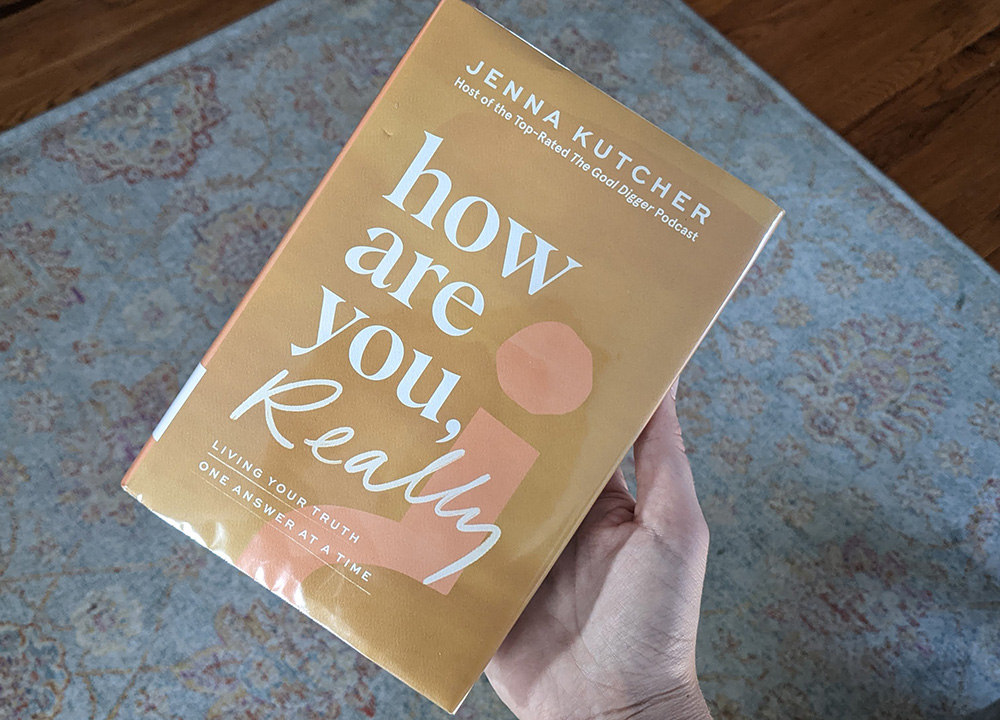
-
How Keeping a ‘Worry Journal’ Can Help You Feel Less Anxious
Anxiety has always trailed me, like a shadow stitched to my feet a la Peter Pan. I can remember panicking as a five-year-old, pulling my nap mat over me and imagining what it’d be like to cease thought, to die, like a spider I’d just seen get smashed. (What a conversation my mom had to…
Written by

-
The 6 Words Every People Pleaser Needs to Read
Everybody’s talking about Glennon Doyle’s ‘Untamed,’ but the one line everyone’s overlooking has been a gamechanger for me. In this book review, I’ll share my top takeaway and why it’s been so transformative.
Written by

-
‘Beginner’s Pluck’: The Book That Helped Me Find My ‘Why’ Again
Once I started reading Liz Forkin Bohannon’s “Beginner’s Pluck,” I couldn’t put it down. It helped me reconnect with my sense of purpose. Here’s why—and how.
Written by
